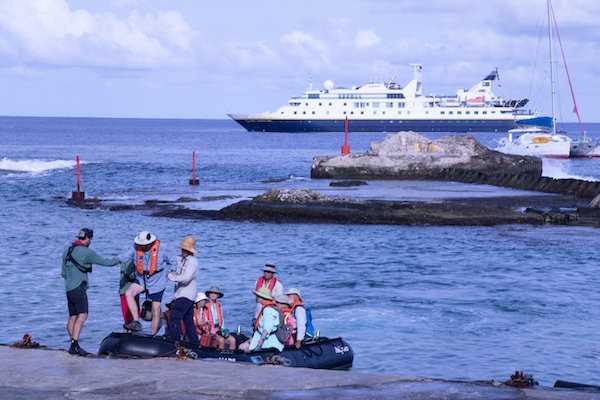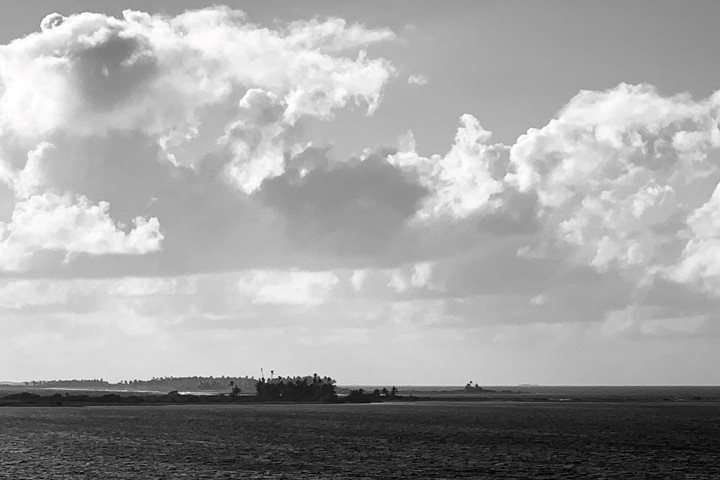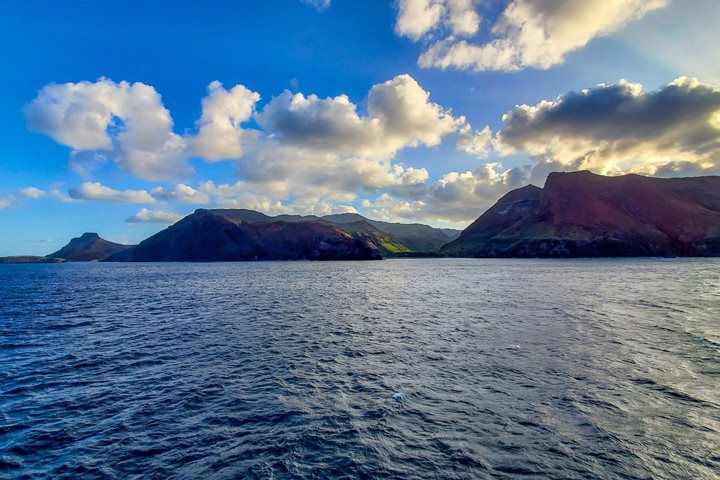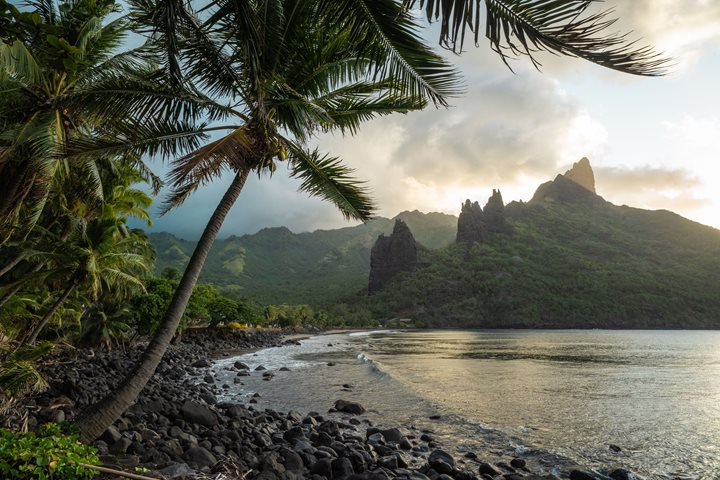The island of Makatea is like no other found in French Polynesia. It is not a coral atoll but rather a raised island of coral. The limestone cliffs tower over the coast and the island’s interior shows significant vegetation, complete with a few species of endemic birds and a peculiar expanse of limestone holes. In the early 20th century, important reserves of phosphate were discovered in these naturally occurring holes, and for over 50 years the island was the centre of a thriving phosphate mining business.
The mining ceased in the 1960s, and the island went from a home to thousands to that of less than 100 inhabitants. Today, this sleepy but spectacular island is home to three species of threatened endemic birds: the beautiful Makatea fruit dove, the impressive imperial pigeon, and the comely appearing singer extraordinaire, the reed warbler.
Activities this morning required the hiring of every functioning vehicle on the island and transporting guests from the landing, an old loading port, across this unique island to a magnificent beach with rockpools to explore. Immediately afterwards guests visited an incredible grotto. The cool, refreshing water inside the grotto was a relief from the hot tropical sun. Swimming deeper inside the grotto as you following the lighted trail set up by the staff, was a surreal experience. The underwater cave system slowly opened out to reveal a spectacular watery cathedral, full of weird and wonderful stalagmites and stalactites. That is an activity guests will remember for a long time to come.
The afternoon offered a relaxing cruise around the island before National Geographic Orion took us off through the vast Pacific towards the Society Islands.







